
AeroGenie — Votre copilote intelligent.
Tendances
Categories
Dubai to Launch Air Taxi Service Soon
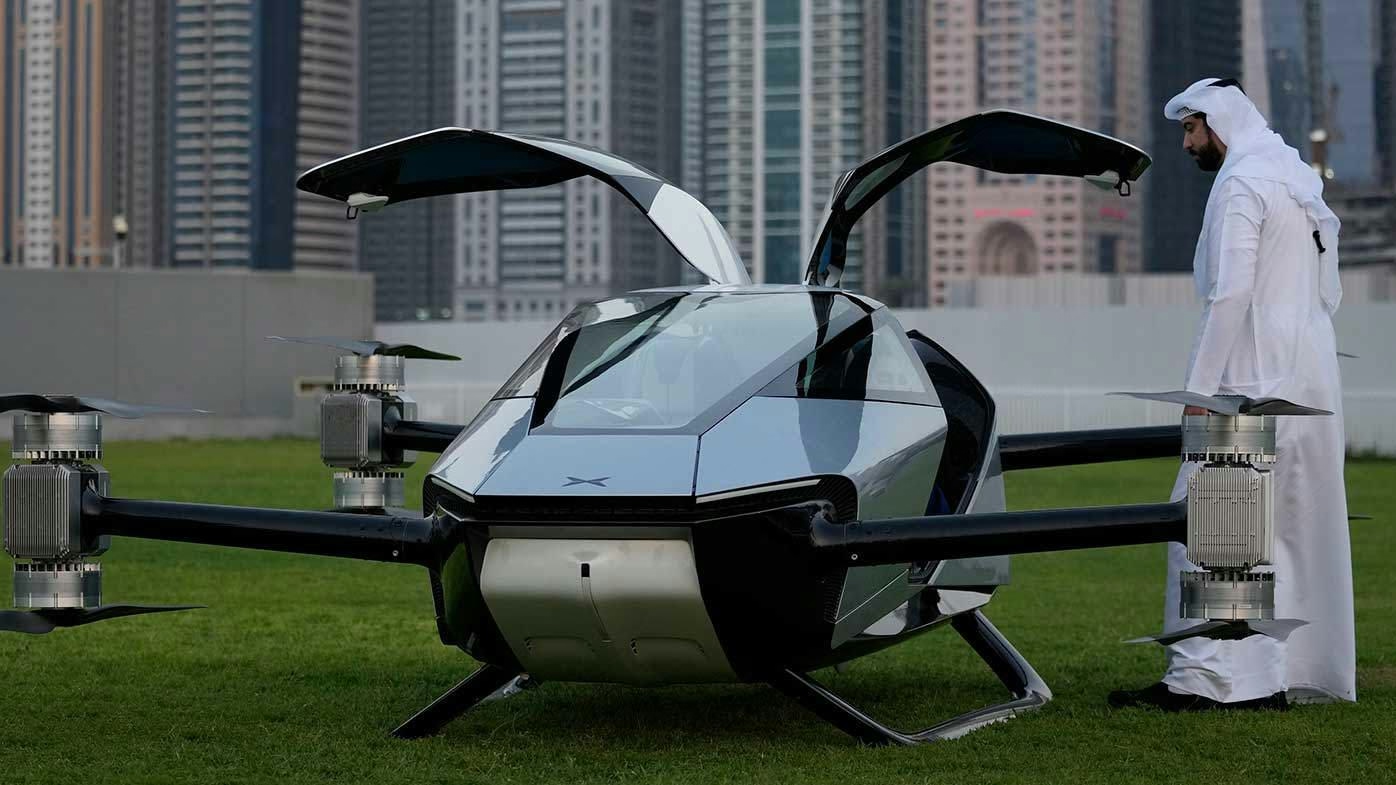
Dubai to Launch Air Taxi Service Soon
Joby Aviation’s Milestone Delivery
Joby Aviation, a leading company in the electric vertical takeoff and landing (eVTOL) sector, has delivered its first production aircraft to Dubai, marking a pivotal advancement toward the city’s inaugural commercial air taxi service, expected to commence by early 2026. This delivery represents a significant achievement for Joby and underscores the rapid development of the emerging air taxi industry.
Strategic Partnership and Operational Plans
Dubai has shown a strong commitment to pioneering advanced air mobility solutions. Last year, at the World Governments Summit, the city signed a six-year exclusive operating agreement with Joby Aviation. This partnership provides Joby with both regulatory and financial support from Dubai’s Road and Transport Authority (RTA), establishing the company as the sole operator of the city’s air taxi market throughout the agreement’s duration. Initial operations will be launched from four designated vertiports, including prominent locations such as Dubai International Airport and Palm Jumeirah.
Challenges and Market Outlook
Despite the promising outlook, the project faces several challenges. Ensuring regulatory compliance, meeting rigorous safety standards, and achieving seamless technological integration will be essential as Dubai moves forward with this innovative mode of transportation. Market reception is expected to be cautious initially, with some skepticism from consumers and investors concerning the reliability and safety of air taxis. Nonetheless, industry experts predict that public confidence and enthusiasm will increase as the service proves its operational effectiveness and safety record.
Competitive Dynamics and Industry Progress
While Joby’s exclusive agreement provides a competitive advantage in Dubai, other regional and international companies, such as Archer Aviation, are actively expanding their own eVTOL air taxi initiatives. This growing competition is likely to drive further innovation and development within the Middle East’s advanced air mobility sector.
Concurrently, Joby is advancing its efforts in the United States, preparing to enter the final testing phase mandated by the Federal Aviation Administration (FAA), known as Type Inspection Authorization (TIA). This phase represents the last regulatory hurdle before commercial operations can begin. Paul Sciarra, chair of Joby’s board of directors, expressed optimism about the company’s trajectory, highlighting that regulatory progress and operational milestones are shifting public perception from skepticism to anticipation regarding the arrival of air taxis.
As Dubai readies itself to introduce air taxis into its urban landscape, the city is positioning itself at the forefront of a transportation revolution that could redefine urban mobility and serve as a model for cities around the world.

The Future of Travel, According to the CEO of Europe’s Busiest Airport
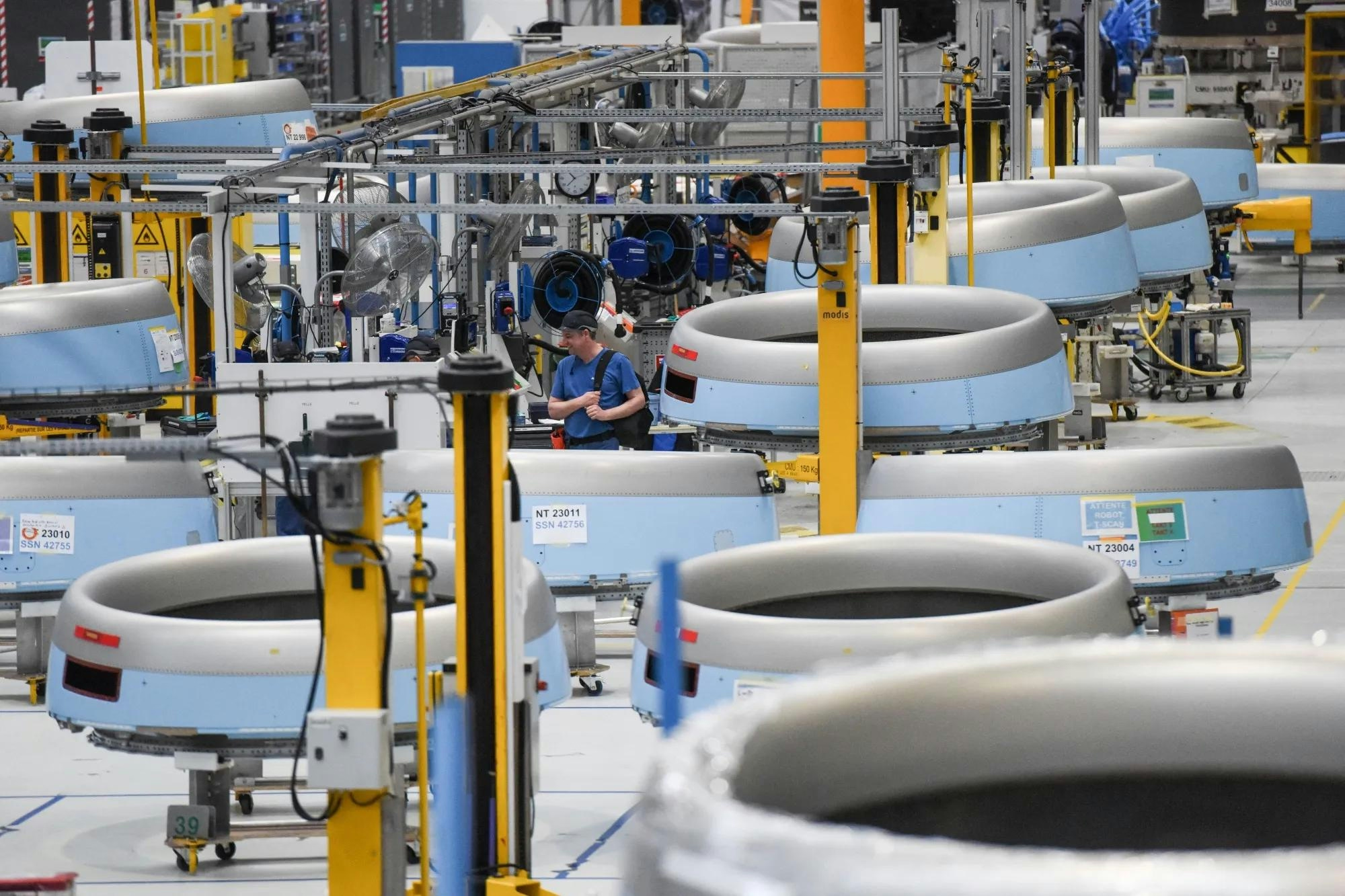
Airbus Accelerates Year-End Deliveries to Meet Targets
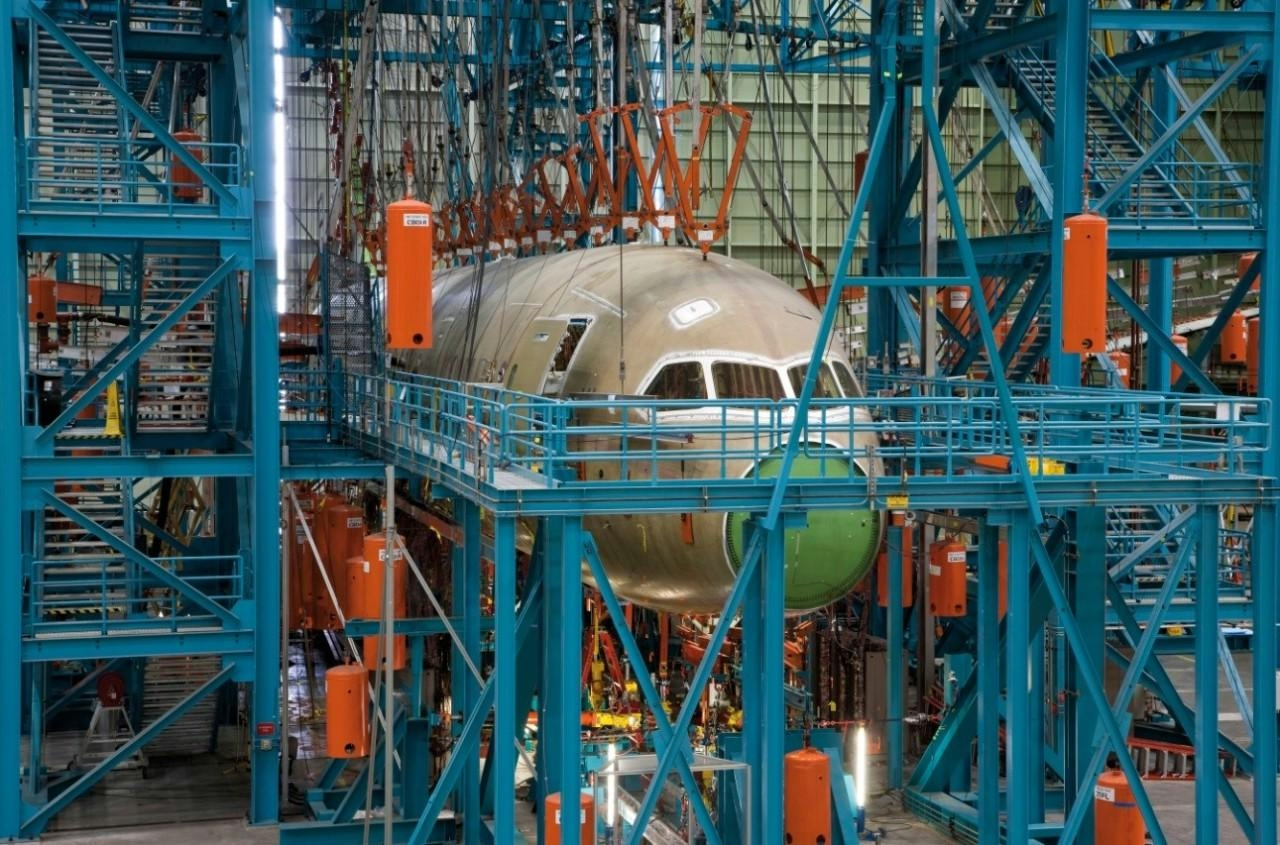
Airbus Warns Tariffs Could Disrupt U.S. Aircraft Production
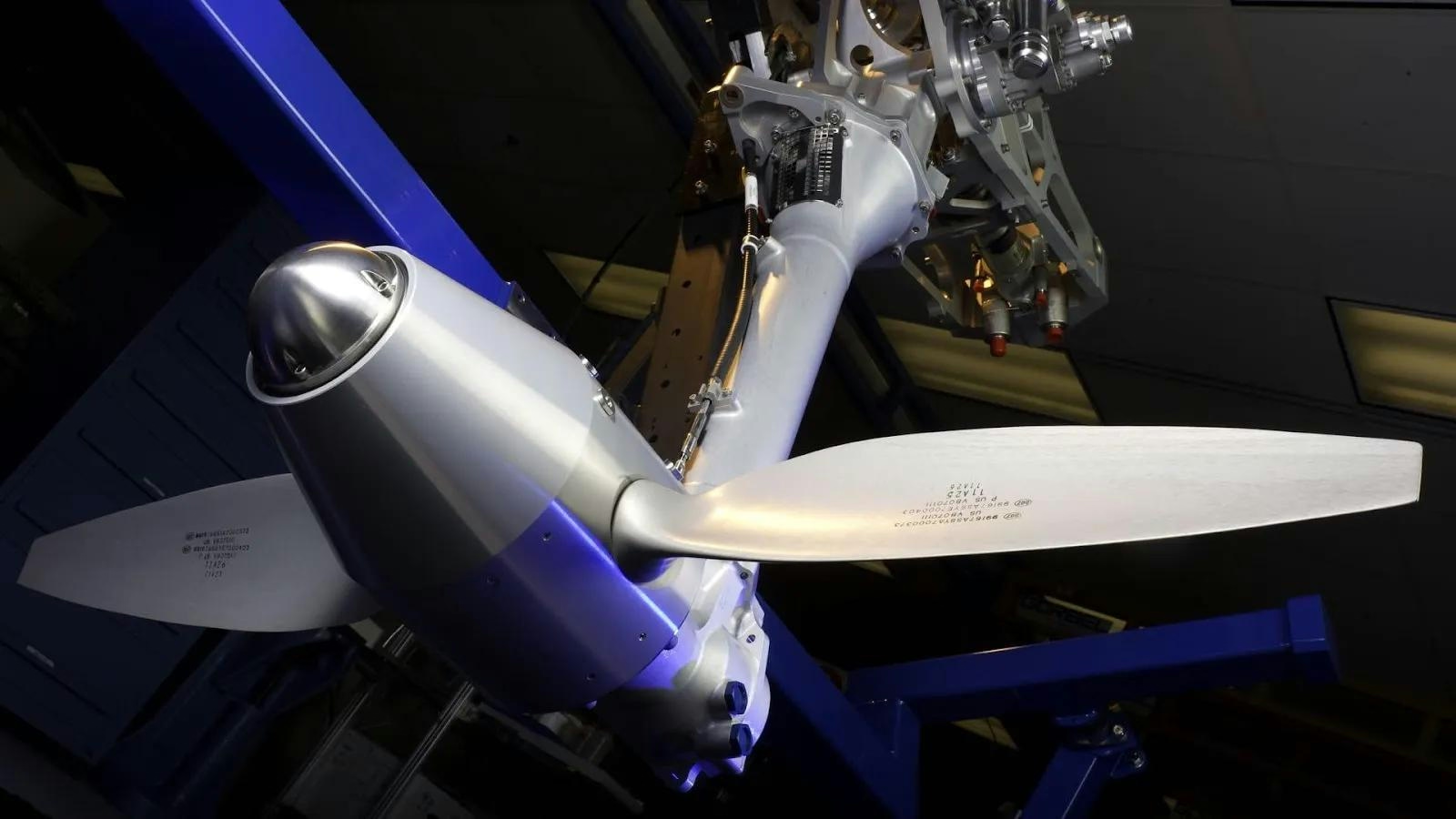
Turboprop Flight Experiences Double Engine Failure
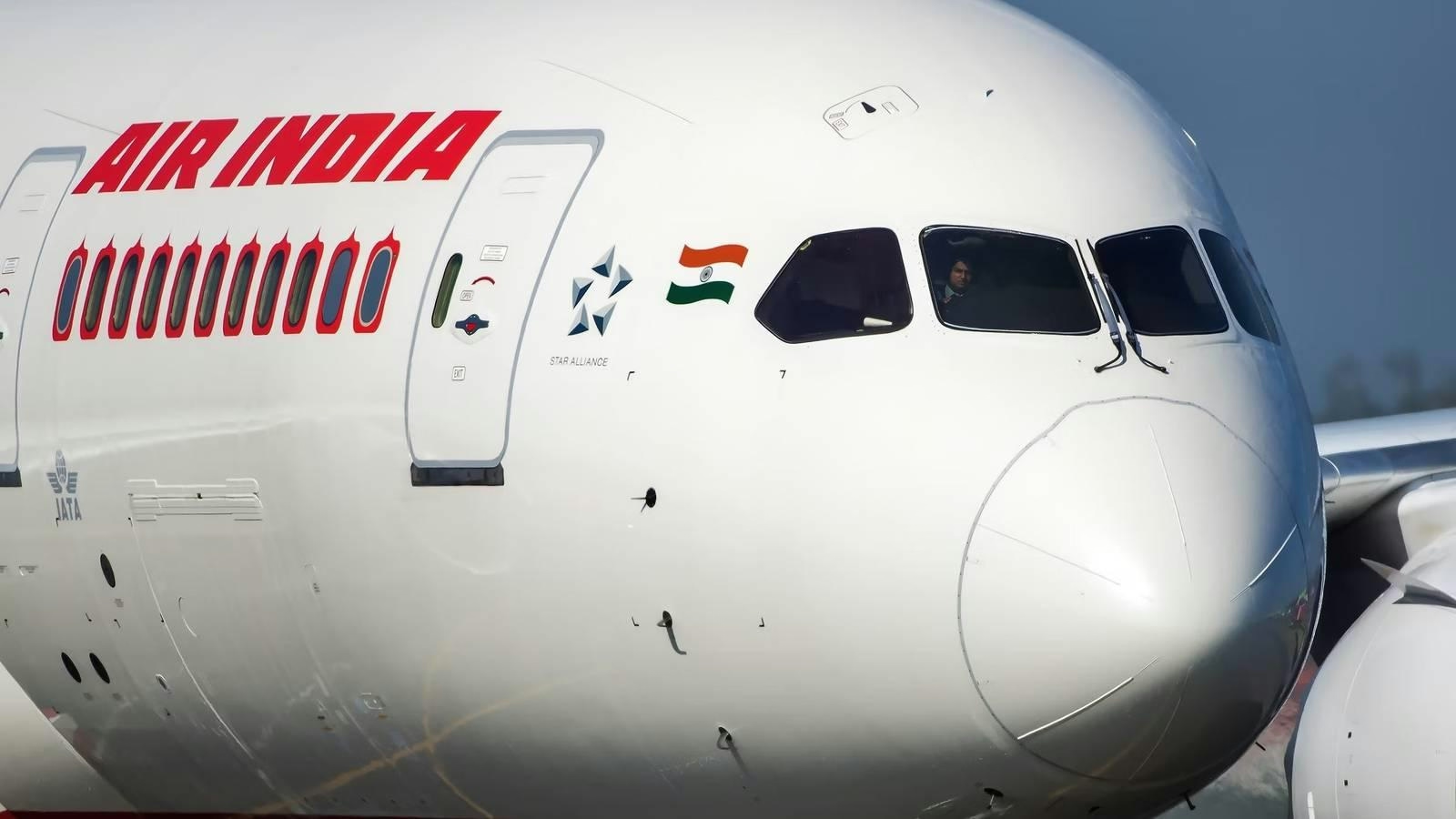
Aviation Regulator Issues Notice to Air India Over Repeated Aircraft Malfunctions
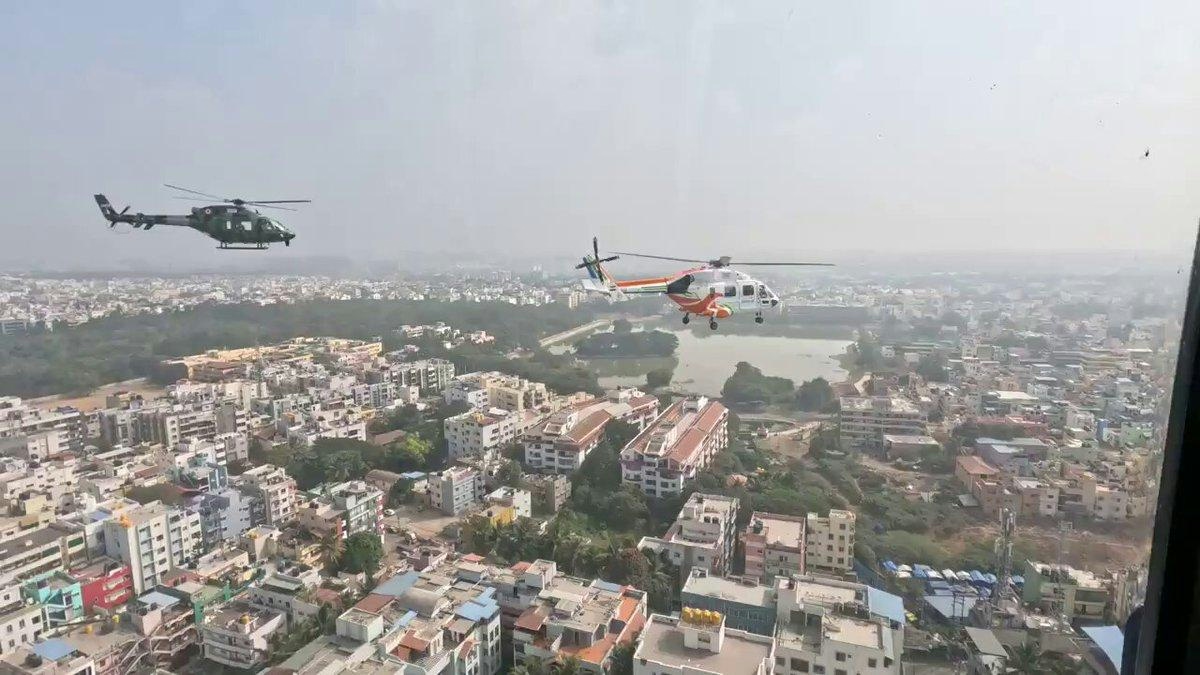
Dhruv-NG Civilian Helicopter Completes First Flight in Bengaluru

4-H Member Earns Private Pilot Certificate Through New Program
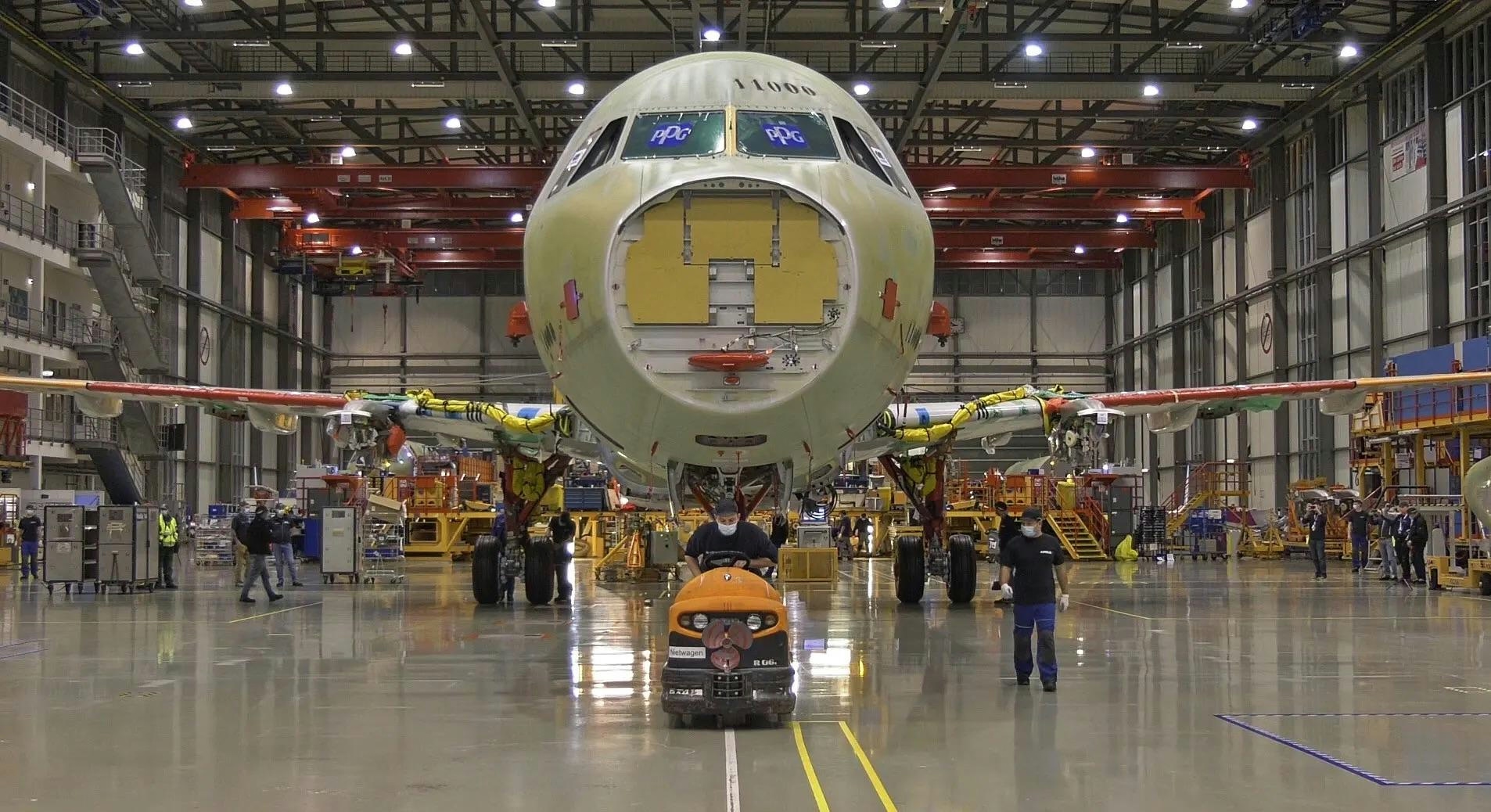
Airbus and Boeing Order Totals for 2025 Compared
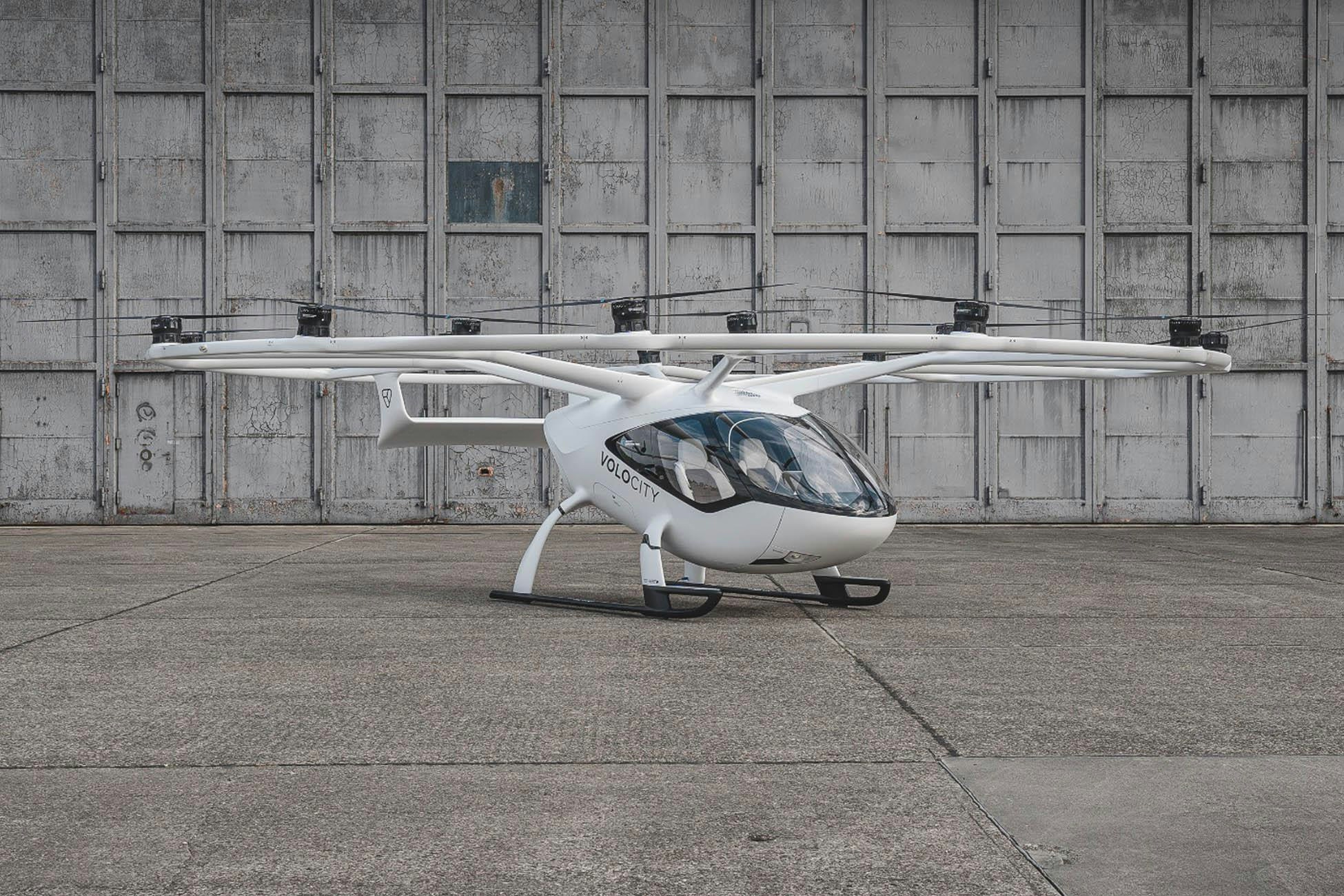
Jeju Island Introduces Air Taxis to Enhance Tourism and Reduce Emissions
